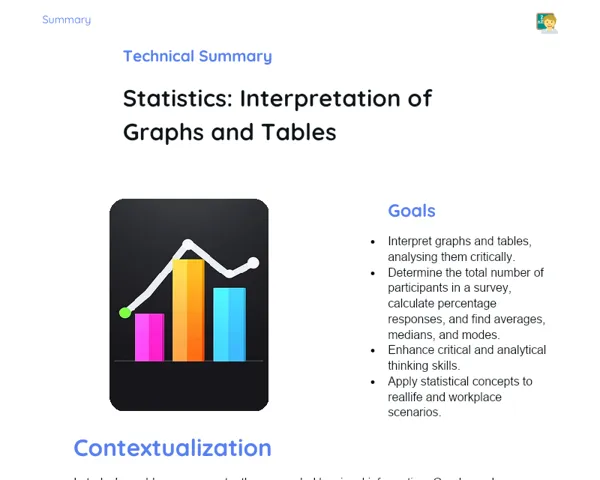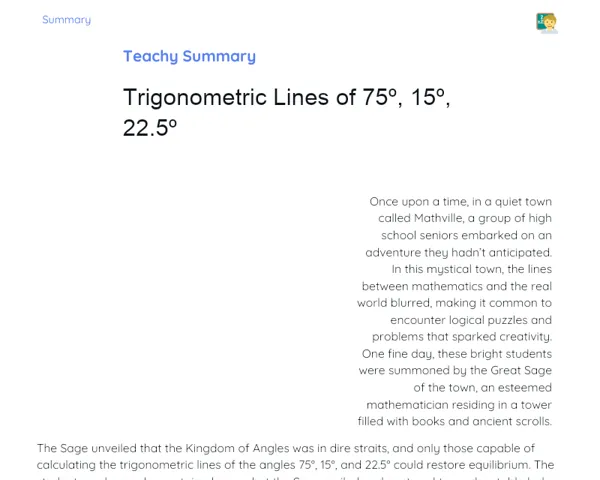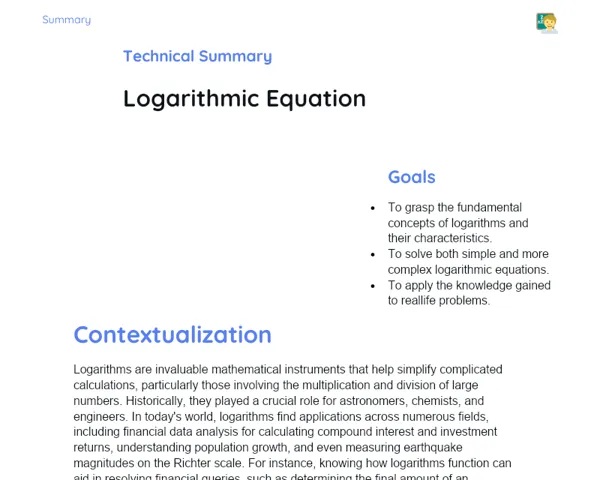Socioemotional Summary Conclusion
Goals
1. Understand what a random experiment is.
2. Identify and analyse all possible outcomes of a random experiment, like rolling a die.
3. Encourage estimating the probability of different outcomes and discussing whether they are equally likely.
Contextualization
Have you ever thought about why rolling the dice in a board game is such a thrill? 🎲 It’s that moment filled with the potential for different outcomes, teeming with uncertainty and excitement! Similarly, in our everyday lives, we often face situations that require us to navigate various possibilities. Learning about random experiments and probabilities not only equips us to tackle mathematical problems but also helps us make more informed and responsible choices! 💡
Exercising Your Knowledge
Random Experiment
A random experiment is one where the outcome can’t be predicted with certainty before it happens. Every time you perform the experiment, you might get a different result. It’s like a surprise box! 🎁 Think about rolling a die: you never know which number will show up, and that adds to the thrill of the activity.
-
Unpredictability: Outcomes can’t be predicted with certainty ahead of time.
-
Variety of Outcomes: Each attempt could yield a different result.
-
Common Examples: Rolling a die, drawing a card, spinning a roulette wheel.
Possible Outcomes
Possible outcomes are all the results that can happen in a random experiment. When you roll a die, for example, the potential outcomes are 1, 2, 3, 4, 5, or 6. Getting to grips with the possible outcomes helps us make predictions and assess different situations, whether in games or daily life.
-
All Outcomes: Represents all the potential ways a random experiment might play out.
-
Importance in Decision Making: Knowing the possible outcomes aids in making more informed choices.
-
Practical Examples: Rolling dice, lottery draws, and weather forecasts.
Probability
Probability is the likelihood of a specific outcome occurring. With a fair die, each number has an equal chance of appearing, which is 1/6. Understanding probabilities is crucial for making decisions based on facts rather than assumptions.
-
Definition: It represents the chance of a particular outcome happening.
-
Fair Probability: In a fair die, each number has the same odds (1/6) of showing up.
-
Practical Application: Guides us in making informed and responsible choices when faced with uncertainty.
Key Terms
-
Random Experiment: An experiment whose outcome can’t be predicted before it takes place.
-
Possible Outcomes: All the results that can occur in a random experiment.
-
Probability: The likelihood of an outcome happening.
For Reflection
-
How did you manage uncertainty during the dice rolling activity? What emotions came up and how did you cope with them?
-
Why is it essential to understand all possible outcomes before making a decision? Can you give an example from your own life that illustrates this?
-
How did practicing deep breathing before the activity help you concentrate and manage your emotions? Do you think this technique could be effective in other situations? Why?
Important Conclusions
-
Understanding what a random experiment is allows us to navigate uncertainties more effectively.
-
Listing the possible outcomes of a random experiment prepares us to analyse and make better decisions.
-
Grasping the concept of probability enables us to make more informed, responsible choices.
Impacts on Society
The ideas of random experiments, possible outcomes, and probability hold significant value in our society. Day-to-day, we frequently use these concepts without even realising it—from predicting the weather to planning our finances or even deciding the best routes to dodge traffic. These skills make us better prepared for life’s uncertainties and cultivate our analytical abilities. Moreover, understanding and calculating probabilities is crucial in sectors like science, healthcare, economics, and engineering. For instance, doctors employ probabilities to ascertain treatment effectiveness, while engineers apply these theories to gauge risks in intricate projects. On grasping these applications, we feel more connected and empowered to contribute positively to our community and society.
Dealing with Emotions
Let’s use the RULER method to help manage emotions when learning about probability and random experiments. First, recognise the emotions you experience when confronting uncertainties and math challenges. Jot down these feelings and try to understand what triggered them and their consequences. Then, name these emotions accurately; you might feel anxious, curious, or frustrated. Find healthy ways to express these emotions, such as chatting with a friend or journaling about them. Lastly, think about how you can effectively regulate these emotions, possibly by employing the deep breathing technique we discussed in class. This exercise can be replayed anytime you feel overwhelmed or unmotivated during your studies.
Study Tips
-
Practice rolling dice at home to deepen your understanding of the concepts discussed.
-
Engage in board games that incorporate dice and probability to apply math concepts in an enjoyable manner.
-
Maintain a study diary where you can reflect on your emotions and progress, utilising the RULER method.



